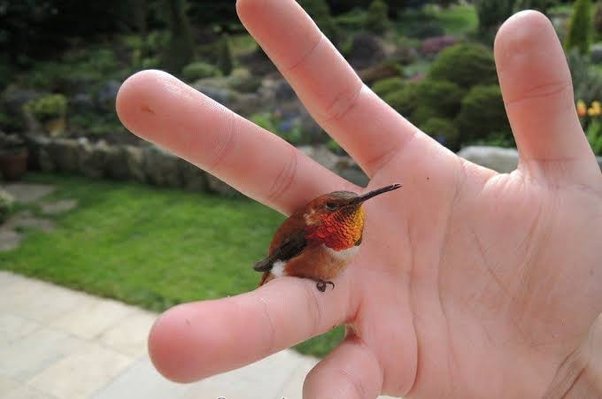shilohcreekkennels.com – Birds come in all shapes and sizes, from the towering stature of the ostrich to the minuscule frame of the bee hummingbird. The smallest avian species are not just a testament to the diversity of life on Earth but also represent a marvel of evolutionary adaptation. These tiny creatures have developed unique strategies to survive, thrive, and capture the hearts of bird enthusiasts around the world. In this article, we will explore the world’s smallest bird species, their habitats, behaviors, and the conservation efforts aimed at protecting these diminutive avian wonders.
The Bee Hummingbird: A Cuban Gem
The title of the world’s smallest bird goes to the bee hummingbird (Mellisuga helenae), a species endemic to Cuba. Measuring just 5 centimeters in length and weighing less than 2 grams, this hummingbird is so small that it can easily be mistaken for a large insect. Despite its tiny size, the bee hummingbird is a master of hovering flight, a skill it uses to feed on nectar from flowers.
The Pygmy Parrot: A Rainforest Secret
The pygmy parrot (Micropsitta genus) is another contender for the title of the world’s smallest parrot. These birds, found in the rainforests of New Guinea and the Bismarck Archipelago, measure about 5 to 7 centimeters in length. Their small size allows them to navigate the dense foliage of the rainforest with ease, feeding on seeds and insects.
The Golden-crowned Manakin: A Diminutive Dancer
The golden-crowned manakin (Lepidothrix vilasboasi) is a tiny bird native to the Atlantic Forest of Brazil. Measuring only 6 centimeters in length, this manakin is known for its elaborate courtship displays, which involve intricate dances and acrobatic leaps to attract a mate.
Habitats and Behaviors of Tiny Birds
Tiny birds have adapted to a variety of habitats, from the dense rainforests of the Amazon to the arid deserts of Africa. Their small size allows them to exploit niches that larger birds cannot, such as feeding on small insects or sipping nectar from flowers with narrow corollas. Many tiny bird species are also known for their complex social behaviors, including cooperative breeding and elaborate courtship rituals.
Conservation Challenges and Efforts
The world’s smallest bird species face numerous threats, including habitat destruction, climate change, and predation by invasive species. Conservation efforts are crucial to protecting these tiny avian wonders. These efforts include habitat restoration, the establishment of protected areas, and community-based conservation initiatives.
Conclusion
The world’s smallest bird species are a testament to the incredible diversity of life on Earth. Their tiny size, unique behaviors, and adaptations make them a fascinating subject of study for ornithologists and bird enthusiasts alike. As we continue to learn more about these diminutive avian species, it is clear that their conservation is essential not just for the birds themselves but for the health of our planet’s ecosystems. By working together, we can ensure that these tiny birds continue to thrive for generations to come.
